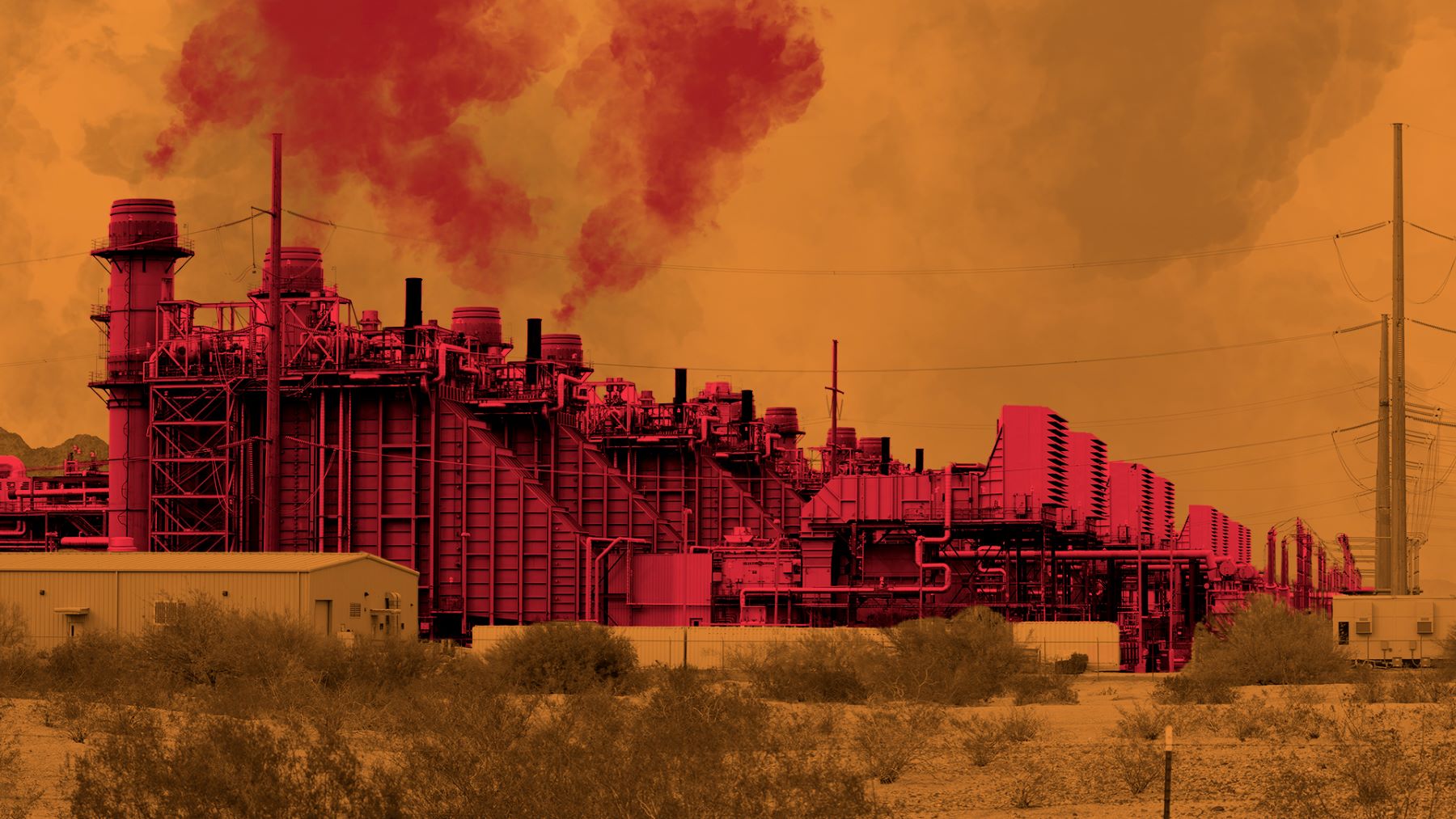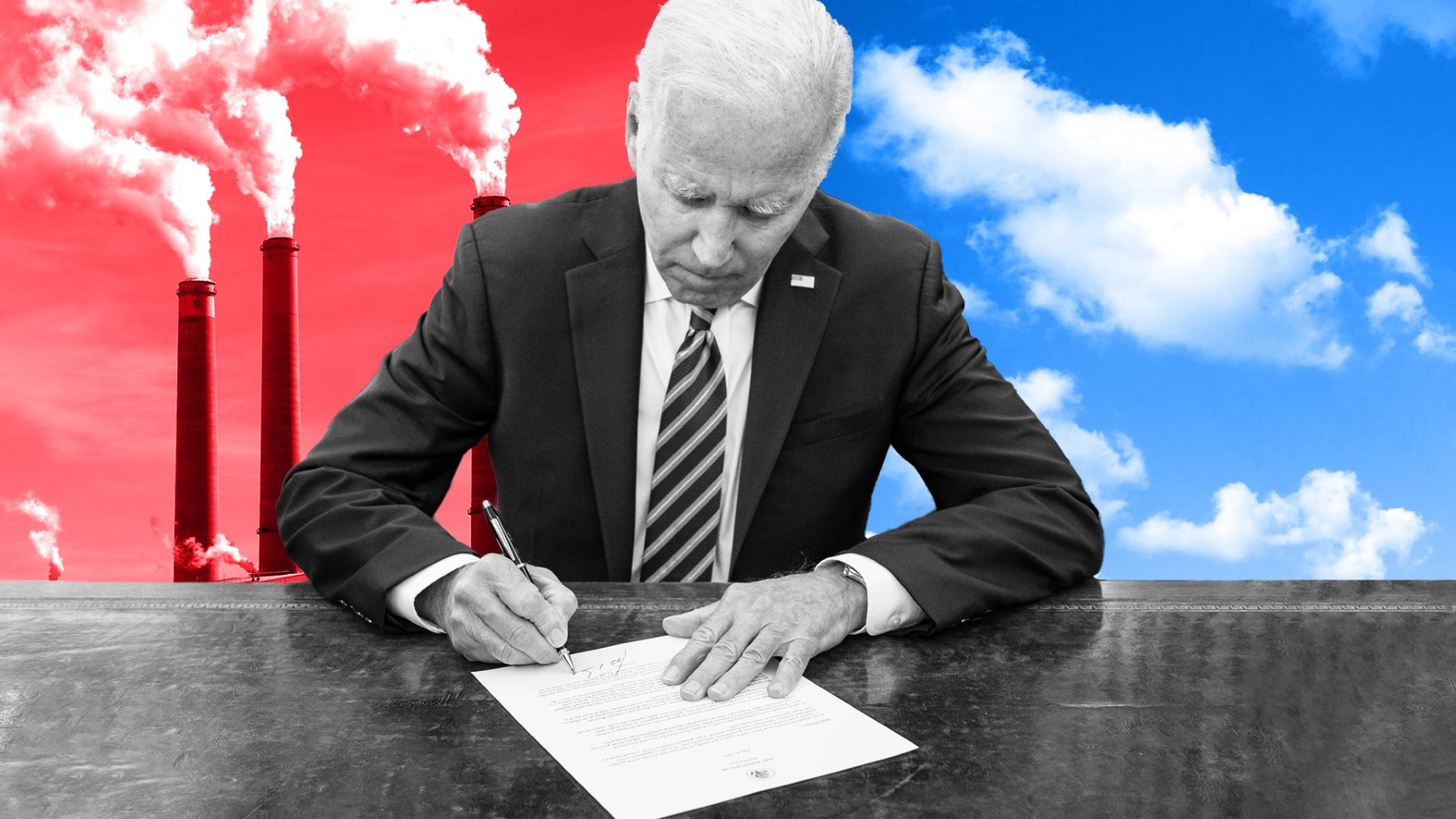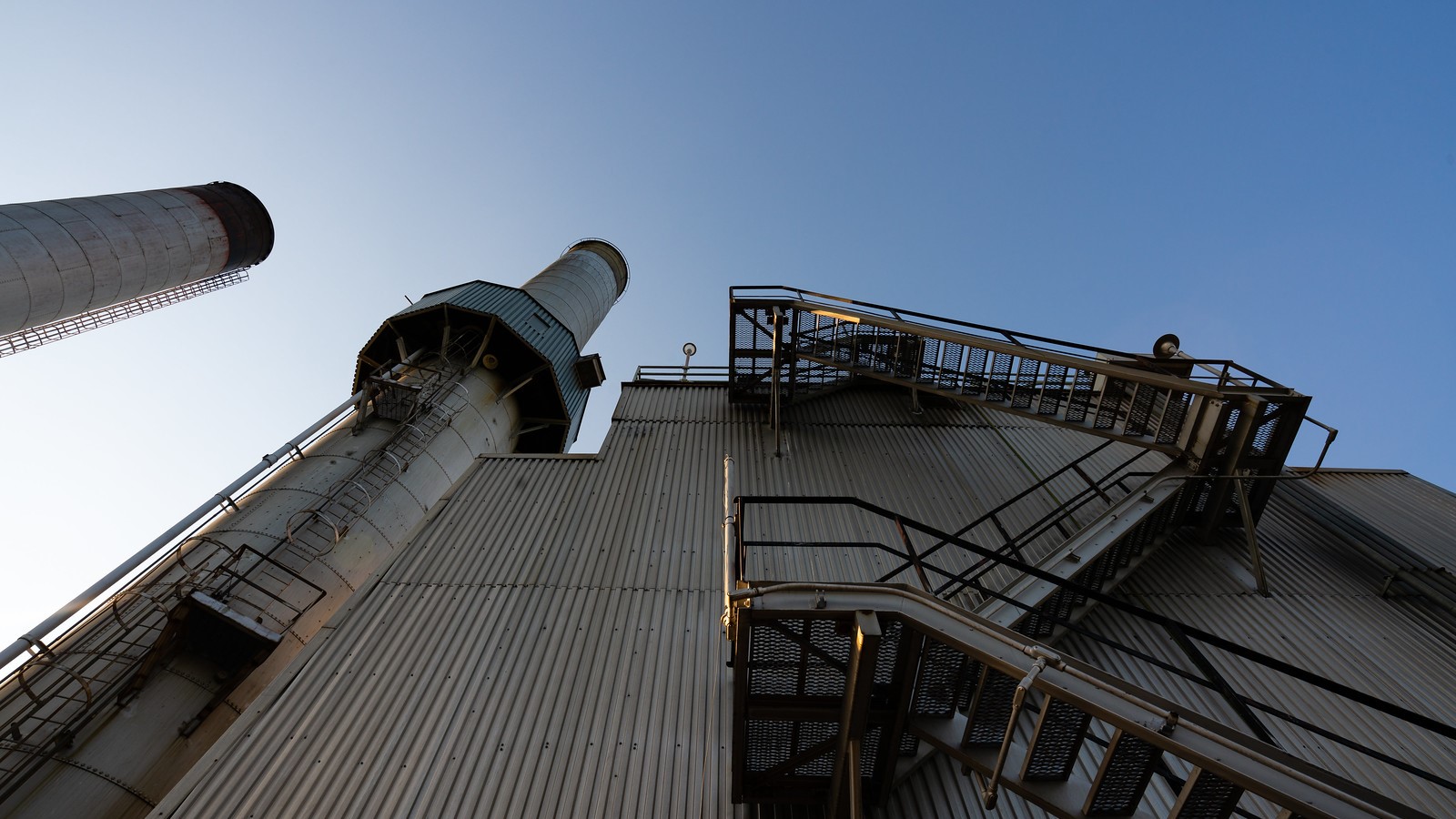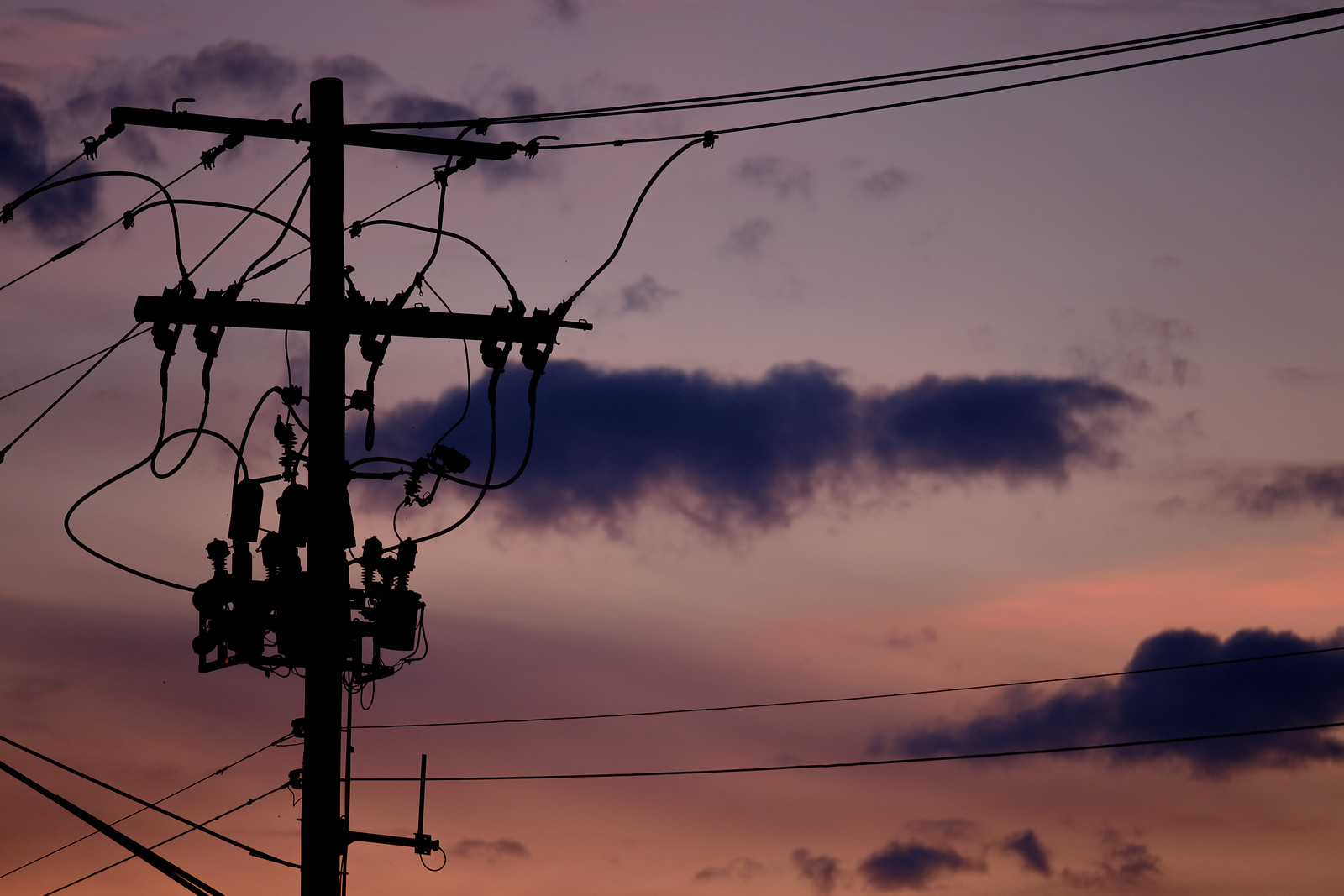Unfortunately, they are all over. Analysis of 2022 S&P Global Market Intelligence data by Evergreen and NRDC shows that we can expect EPA’s regulation as proposed to cover only 5.2 percent of gas “electric generating units” when it takes effect in 2035. These 5.2 percent of units represent 22 percent of the gas fleet’s power-generating capacity. Since so few plants are covered, there are thousands of unregulated gas plants spread around the country.
In fact, every single state in the country except for Hawai’i and Vermont would have an unregulated gas plant in its borders. And those two states are excluded only because they don’t have any gas plants in the first place.
Additionally, 26 states and D.C. don’t have a single gas plant covered by the rule. That means every single fossil gas plant within these states and D.C. would face no federal limit on its carbon pollution unless EPA strengthens its rule. Those states include:
- Alabama
- Arizona
- Arkansas
- Connecticut
- Delaware
- District of Columbia
- Idaho
- Illinois
- Iowa
|
- Kentucky
- Maine
- Maryland
- Missouri
- Montana
- Nebraska
- Nevada
- New Hampshire
- New York
|
- North Dakota
- Oklahoma
- Oregon
- Rhode Island
- South Dakota
- Utah
- Washington
- West Virginia
- Wyoming
|
Many of the Biggest Gas Plants Would See No Regulation
These pollution behemoths create enough power for hundreds of thousands of homes on their own—and can each pollute over a million tons of carbon dioxide every year into the air.
Too often, these plants have been built near low-income neighborhoods and communities of color. Our communities deserve better than to breathe in the pollution of unregulated gas plants. These are the ten largest gas plants in the country that would avoid all regulation:
- Gila River Project, Gila Bend, AZ (2.47 GW | 646k tons CO2/year)
- Union Power Facility, El Dorado, AR (2.42 GW | 751k tons CO2/year)
- Sanford CC, DeBary, FL (2.37 GW | 517k tons CO2/year)
- Hines Energy Complex, Bartow, FL (2.26 GW | 487k tons CO2/year)
- H.L. Culbreath Bayside, Tampa, FL (2.01 GW | 506k tons CO2/year)
- Crystal River Citrus County, Crystal River, FL (1.97 GW | 1.18 million tons CO2/year)
- Midland Cogeneration Venture, Midland, MI (1.84 GW | emissions data unavailable)
- Ravenswood, Long Island City, NY (1.82 GW | 124k tons CO2/year)
- Sabine, Orange, TX (1.81 GW | 642k tons CO2/year)
- Ninemile, Westwego, LA (1.79 GW | 1.22 million tons CO2/year)
Why Regulating These Gas Plants Matters
Power plants emit a lot of pollution. Fully one-quarter of climate pollution from across the U.S. economy comes from existing power plants.
In 2022, existing gas plants emitted 43 percent of power-sector carbon pollution, with coal plants producing most of the rest. However, by 2035, when EPA’s rules for existing plants are set to take effect, that percentage will be far higher. That’s because the majority of the nation’s old, expensive coal plants are scheduled to retire before 2035 for economic reasons.
That means that by 2035, existing gas plants are expected to make up the vast majority of fossil power plants and are likely to be the dominant source of carbon pollution on the grid.
Existing gas plants are set to emit 74 percent of power sector greenhouse gas emissions, according to EPA’s baseline projections for 2035. Three-quarters.
By neglecting to regulate the emissions of 95 percent of existing gas plants, EPA is leaving nearly three-quarters of power-sector carbon pollution completely uncovered by these rules. That is a dereliction of duty.
What Can We Do About It?
It’s clear that EPA can do much better. Under the Clean Air Act, EPA has an obligation to protect Americans’ health and welfare from carbon pollution from power plants. That obligation does not exclude gas plants—even if power companies are lobbying against their regulation.
In August, we publicized how the Edison Electric Institute (EEI, the lobbying group for power companies around the country) was conducting a shady, undercover campaign to defeat EPA’s climate rules and exclude all gas plants from regulation. In response, thousands of advocates contacted their power companies to tell them to break with EEI and support common-sense climate action. While some of these companies decided to support EPA action, the Edison Electric Institute isn’t stopping its lobbying to weaken these crucial climate regulations. So we won’t stop either.
We need to tell the Biden administration: Don’t go easy on fossil gas. Despite utility companies crying wolf that EPA has gone too far—something they claim about every single regulation—these rules as proposed are already eminently achievable and should be strengthened. After all, only 5 percent of existing gas plants would even be covered.
We need to regulate more gas plants, not fewer, so we can stop the worst effects of climate change and air pollution. Communities breathing gas plant pollution in nearly every state are depending on it.



